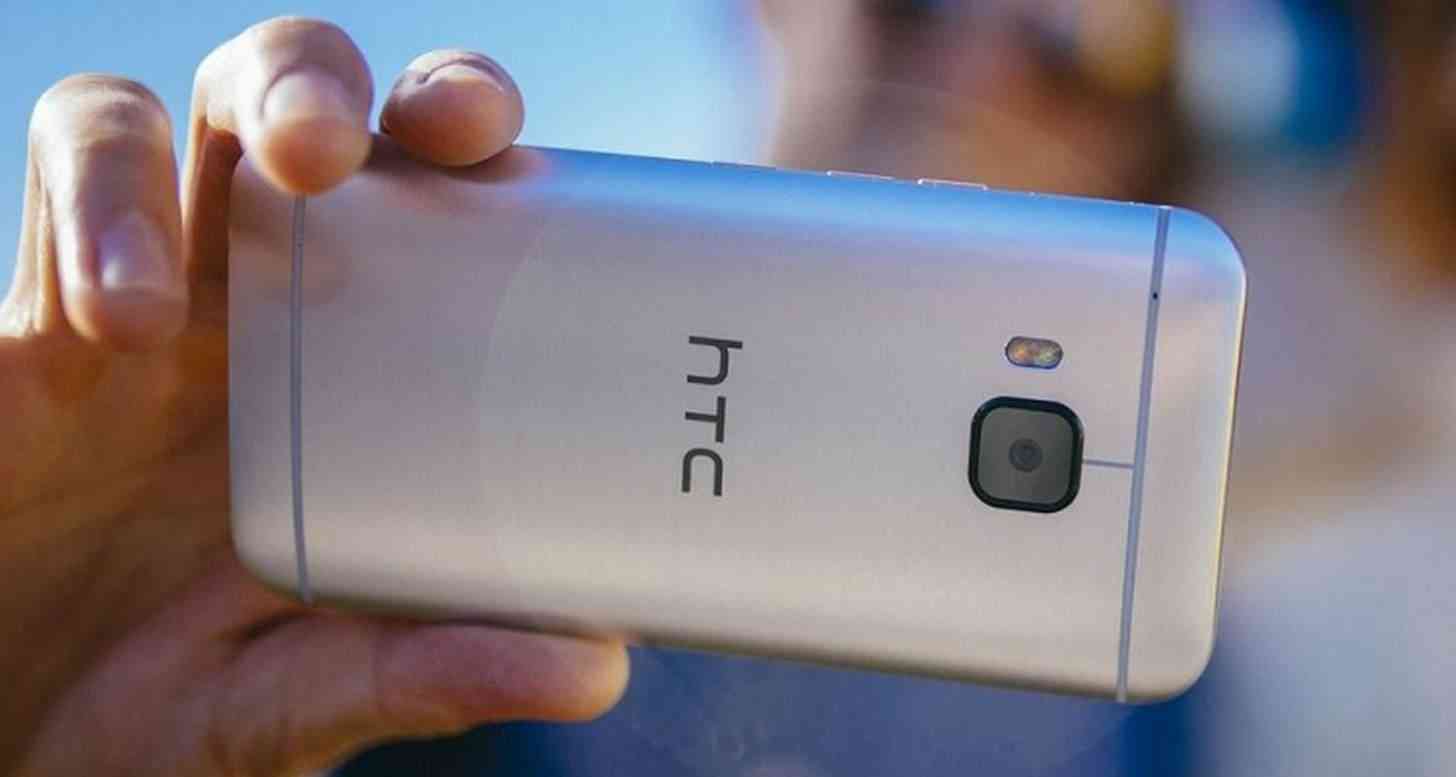
It’s probably a little early to be talking about the next gen HTC One, especially considering that this year’s model, the HTC One M9 is officially on shelves as of yesterday. Still, given how the M9 holds up to its key rival this year, the Samsung Galaxy S6, it feels somewhat appropriate to make note of why the M9 isn’t receiving as much attention as the Galaxy S6.
But let’s start this article off on a positive note, because the M9 isn’t a bad flagship by any means. HTC deserves some credit for creating such an iconic smartphone over the past couple of years, and I’m sure that in more than a couple of cases that sticking with its metal unibody design for a third year was probably a good idea (albeit a little boring). Add that in with the fact that HTC kept the microSD card slot that was introduced in the M8 last year, dual front-facing speakers, and top notch specs, the M9 is a nice refinement of previous models.
It’s hard to argue that the Samsung Galaxy S6, the HTC One’s closest rival over the past couple of years, has taken the spotlight this year with its major design overhaul and introduction of the Galaxy S6 Edge - that would be a tough act for anybody to follow as it is. Still, no matter how cool or new the S6 is this year, you have to take into consideration the HTC One M9’s inferior 20-megapixel (not UltraPixel) camera as one of the causes for any potential rift between the two.
Without delving too deep, it would seem like the M9’s 20-megapixel camera would be superior to the Galaxy S6’s 16-megapixel camera. However, the answer to the popular question of “Which camera is better?” lies within the details; when it comes to the change from HTC’s UltraPixel to conventional megapixel this year, HTC still managed to miss the mark.
HTC spent the past couple of years attempting to market their UltraPixel camera, stating that just because a camera has more megapixels doesn’t necessarily make it a better camera. Instead, HTC touted their UltraPixel camera, which used a lower amount of megapixels – and took pride in doing so – in order to attain better light and take a clearer picture. As it turns out, the UltraPixel idea wasn’t as big of a hit with people as HTC has intended. After two years of using the exact same UltraPixel camera in the HTC One M7 and M8, HTC opted to give people what they were used to – higher megapixels with the traditional 20-megapixel camera.
Unfortunately, this camera didn’t feature OIS (optical image stabilization). Without it, the user has to be very still when taking photos, otherwise the photos will more than likely turn out blurry. As for the quality of the photos, it largely seems to depend on where you are and what kind of lighting you’re working with. The outdoor photos seem to look decent, but the indoor and lowlight photos don’t seem to have great quality. I was only able to use the phone for about 15 minutes so far, but from what I’m seeing the 20-megapixel camera is really nothing to write home about – which is kind of a bad thing when you’re talking about a manufacturer’s biggest flagship device of the year.
I think cameras have become one of the most important features in a smartphone due to its usefulness and convenience. Phone cameras have improved a great deal over the years, but it seems that HTC just can’t catch a break with theirs. When UltraPixel didn’t work and they resigned to using a conventional camera, they didn’t put as much effort into it as they should have, especially considering how much scrutiny they were under for the UltraPixel camera in the first place. The camera isn’t bad, but in comparison to its competing flagships you can tell that the HTC One M9 doesn’t quite meet the expectations one would have out of a flagship smartphone.
Last year, after discovering that HTC used almost the same UltraPixel camera for the M8 as it did for the M7, I said that I thought they wouldn’t be able to pull that off again a third year; I personally was okay with UltraPixel, but the majority of users were not. It seemed like megapixels needed to return – which I still think was a wise choice for the company this year – but along with the return, they needed to produce great quality.
At least HTC is trying to remedy the issue with software updates, but I think next year they’re going to have to put more focus into their camera once more if they want to keep this good thing they have going.